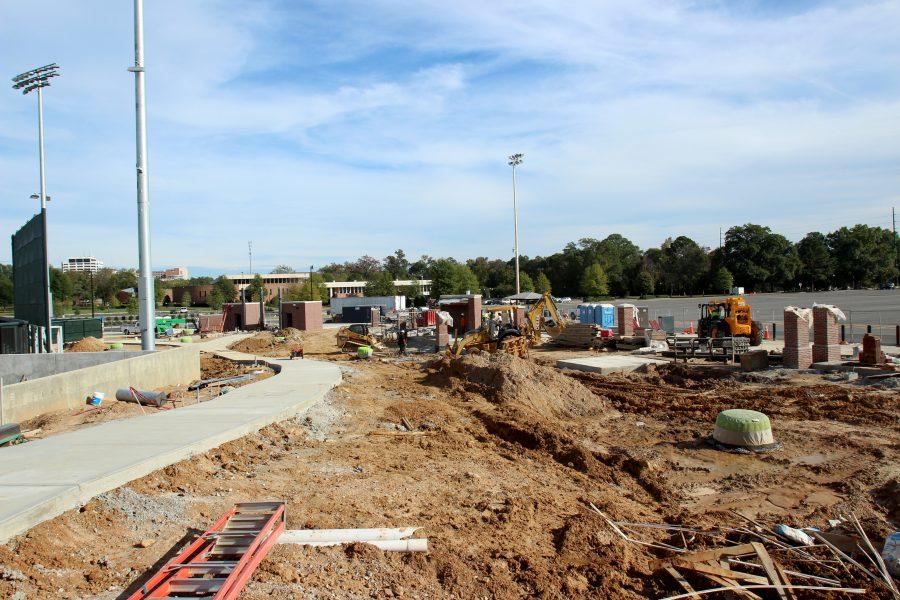The University is currently involved in several major projects across campus, one of the largest being the renovations and expansion at Sewell-Thomas Stadium. The project will cost $42 million, some of which will be funded through donations. According to its website, the Crimson Tide Foundation has collected an estimated $9.2 million for the project, with a goal of $20 million.
The stadium is expected to be finished in time for the 2016 season. This renovation gives fans and students an opportunity to enjoy a better baseball experience. According to the Crimson Tide Foundation, the new stadium will have a large canopy, new concession areas, a team store, skyboxes, clubs, a new press box and an Alabama Baseball Hall of Fame.
The University is not spending money exclusively on athletic facilities; there are also initiatives to improve and expand buildings focused on academics.
In 2010, the University purchased the 168 acres around Bryce Hospital to accommodate for a growing student population. Then last September, according to the board of trustees, it approved a nearly $4.5 million renovation that would tear down old parts of the building and add two wings to the hospital.
The renovations are currently underway. Once the work is complete, the UA theatre and dance programs will move into the space. There are also plans for a new drama theater, dance theater and a three-story theater for a variety of purposes.
The College of Engineering has seen a lot of attention in the last five years, drastically improving its facilities as it has grown.
“One of the things that I am most proud of is the fact that as we have grown in quantity, we have also grown in quality of our students,” said Charles Karr, dean of the College of Engineering. “We have more than tripled our enrollment in 10 years.”
To accommodate for the massive growth within the college, the University constructed the Science Engineering Complex, which houses Shelby Hall and the North and South Engineering Research Centers. Construction of these buildings was completed in 2013 and has added substantial value to the University’s research initiatives.
Despite all of the new construction projects in recent years, there is still a need across campus to improve older buildings. With more students comes more use of facilities. It is this increase in population that has brought to light a need to repair and renovate older structures. For example, Reese Phifer does not have heating. Students want to see improvements in all areas of the campus, not just new buildings.
“I have been around this University since I was a little kid,” said Hunter Richey, SGA senator from the College of Engineering. “I have really seen the campus grow and change, especially over the course of the past decade. I really enjoyed seeing the buildings coming up and seeing a growth that looks to be changing not only the appearance of the University, but also much of the culture. We are always good about building new facilities. What we are slower to do is renovate and expand older parts of campus. Some of the older buildings on campus, which are still used and important, could use being reshaped and renovated.”









